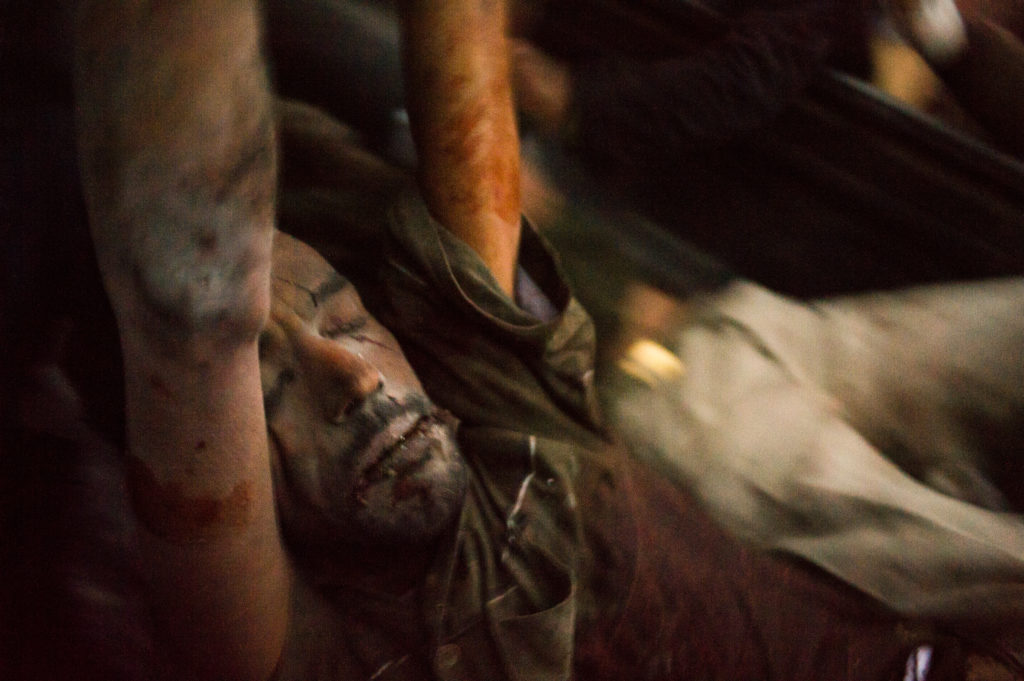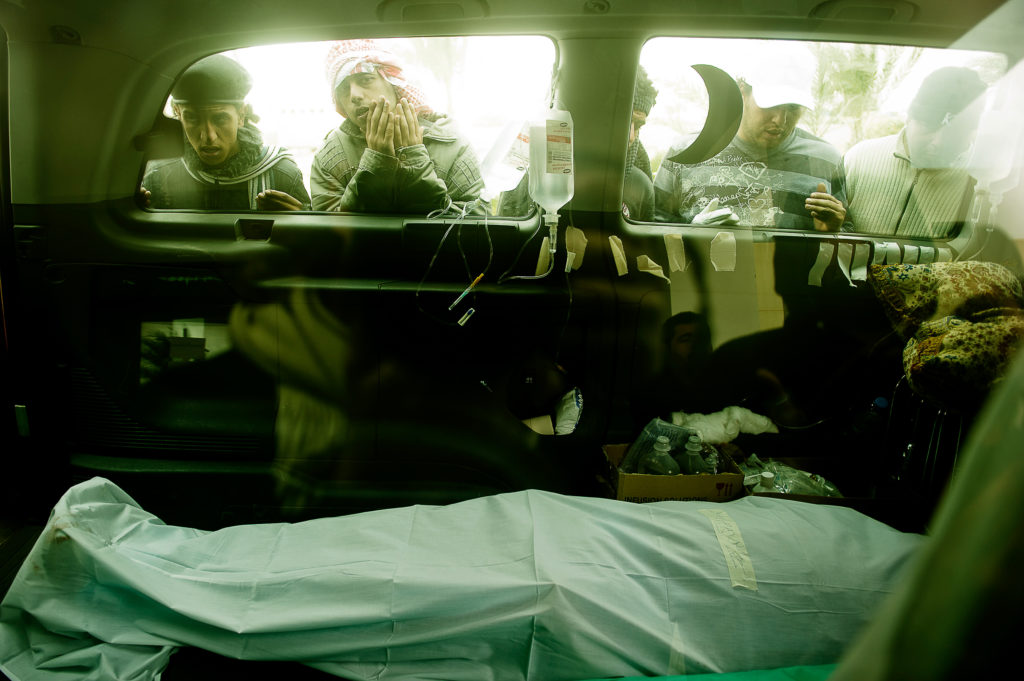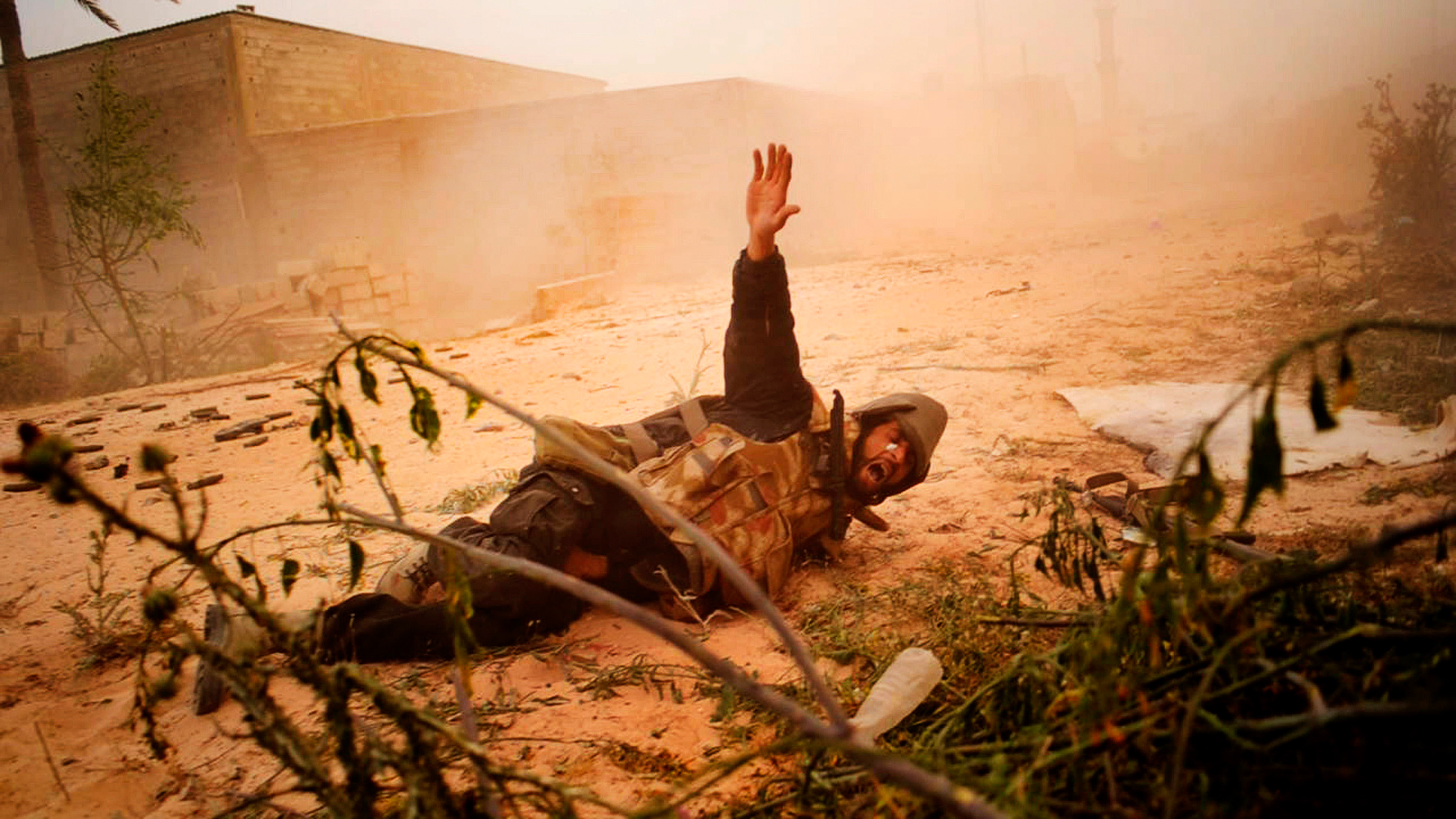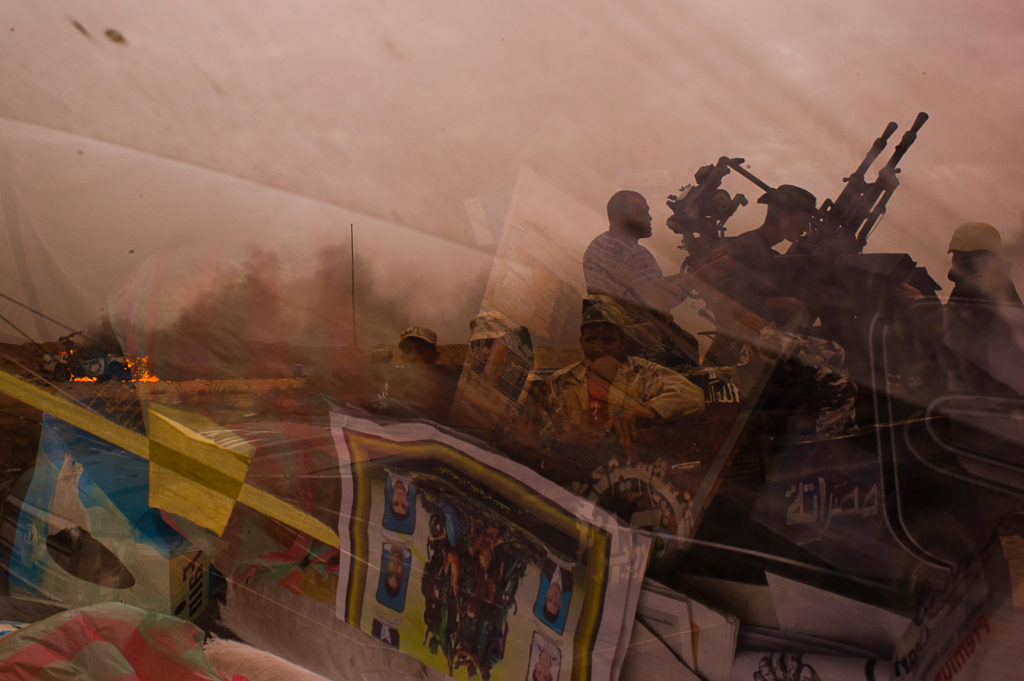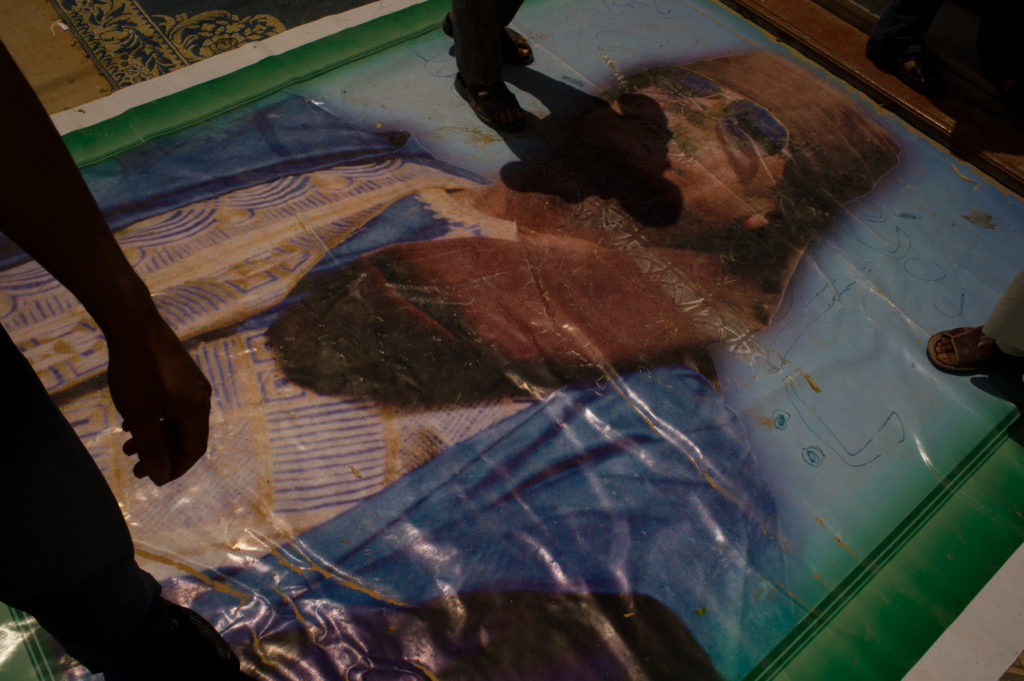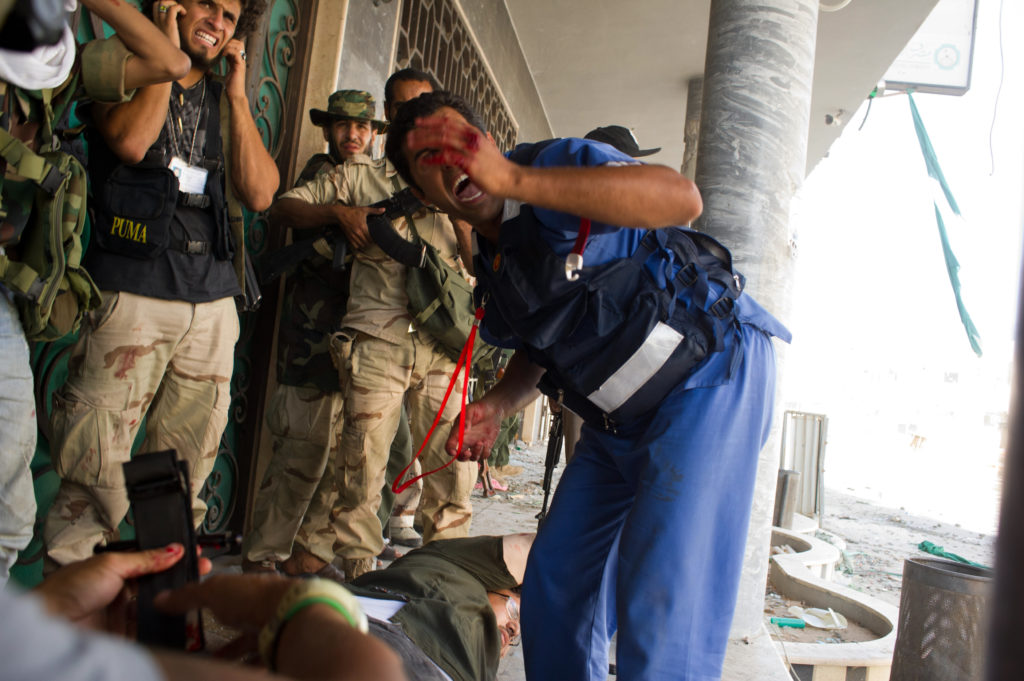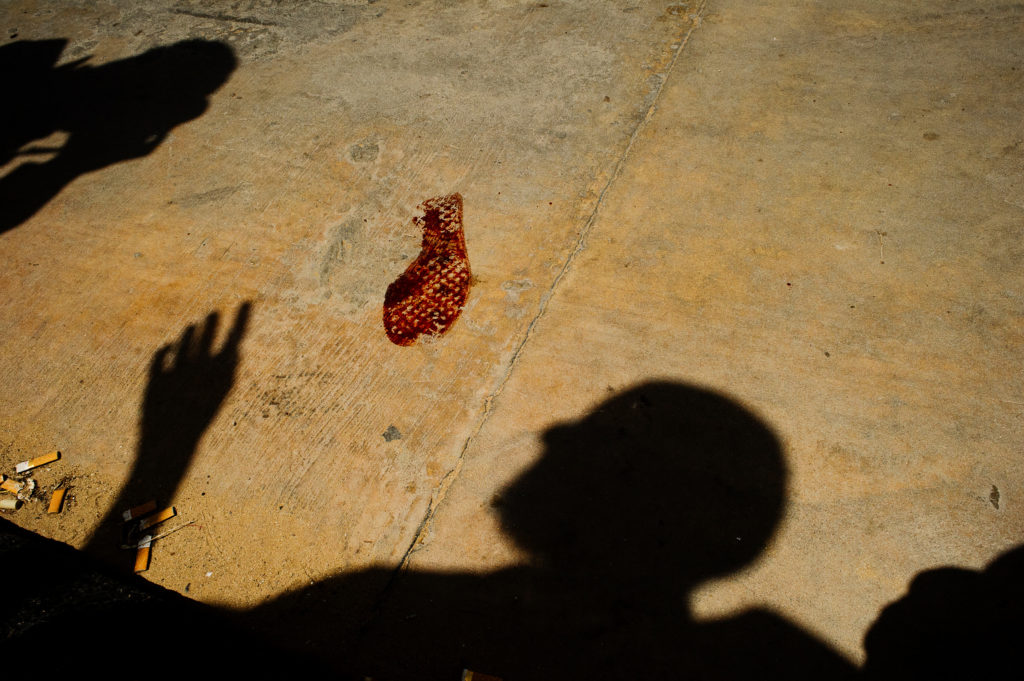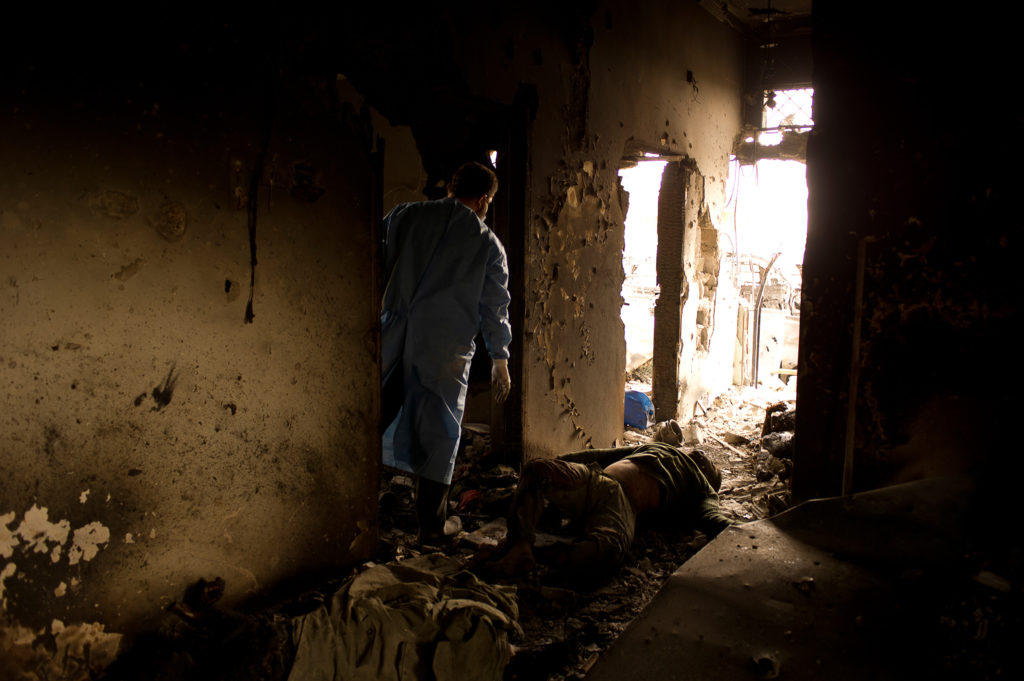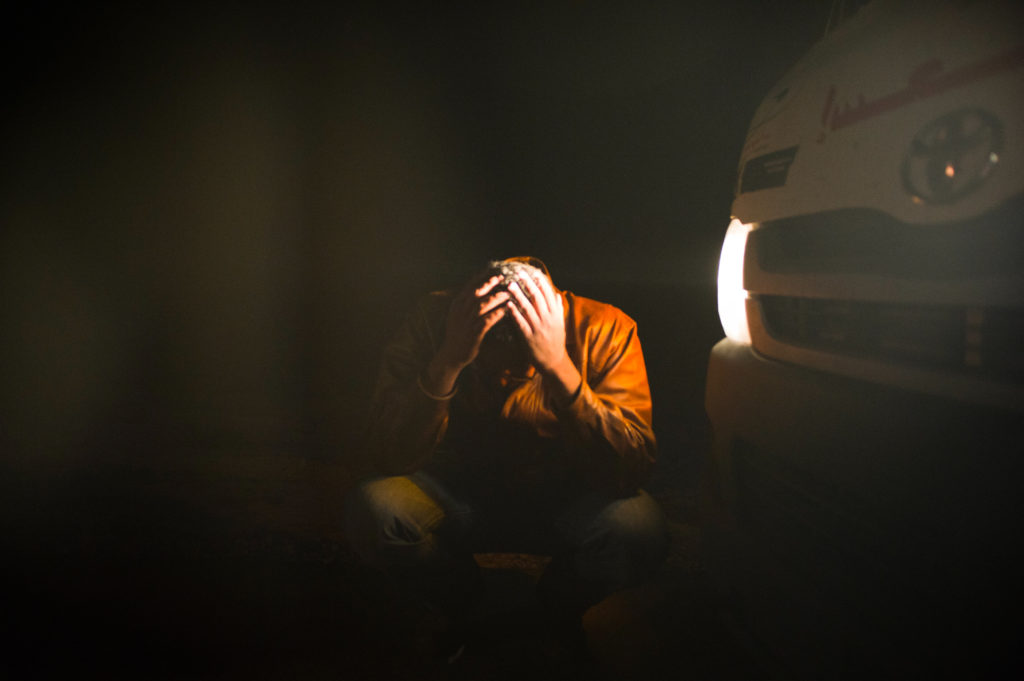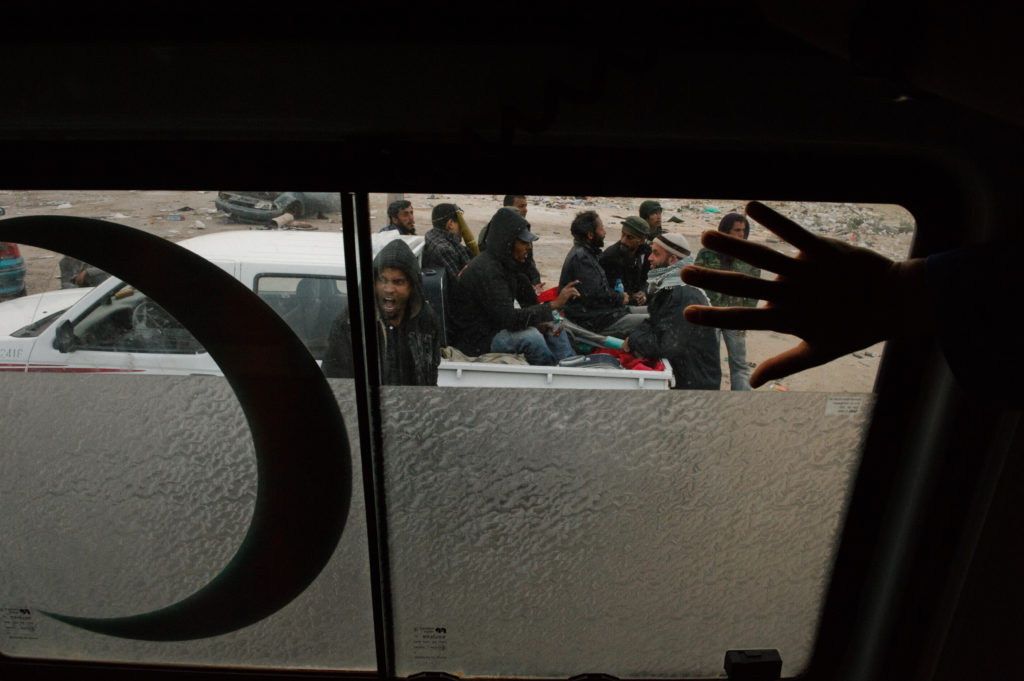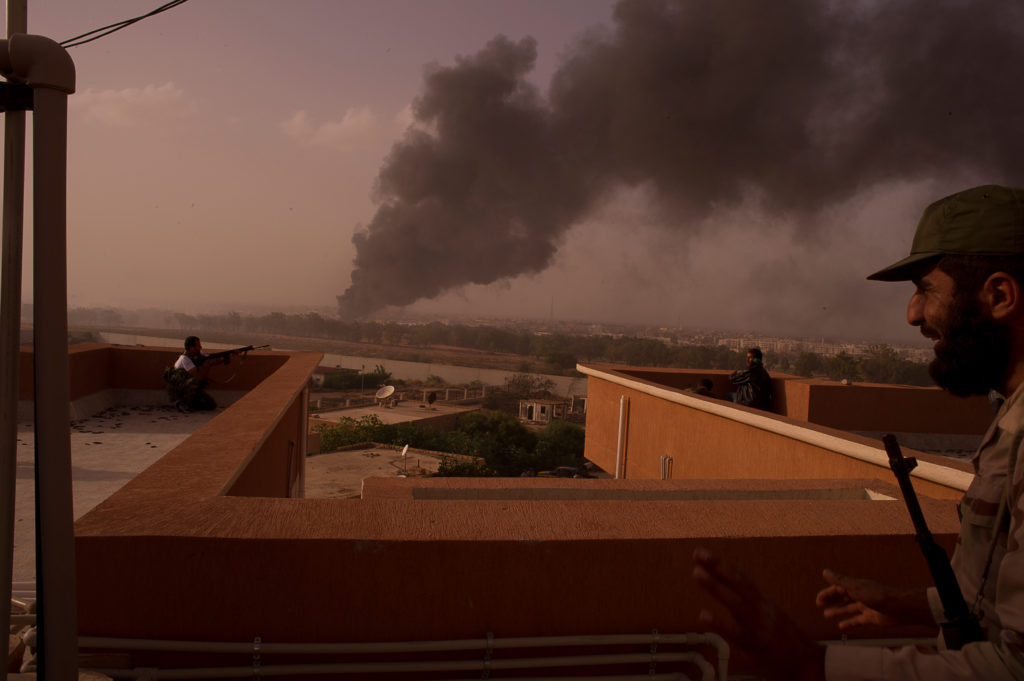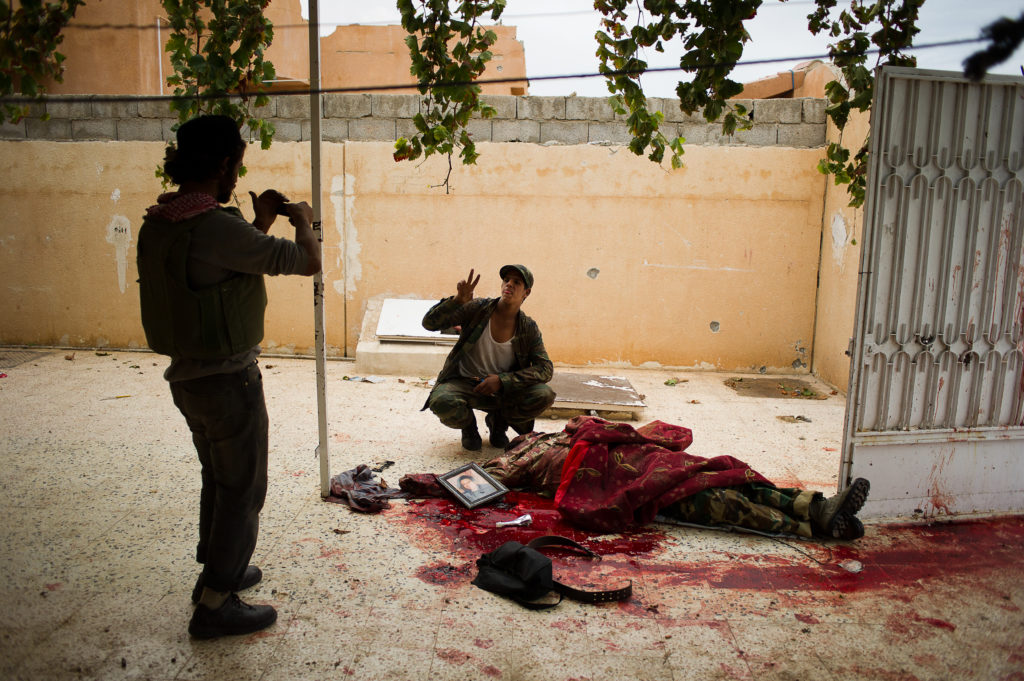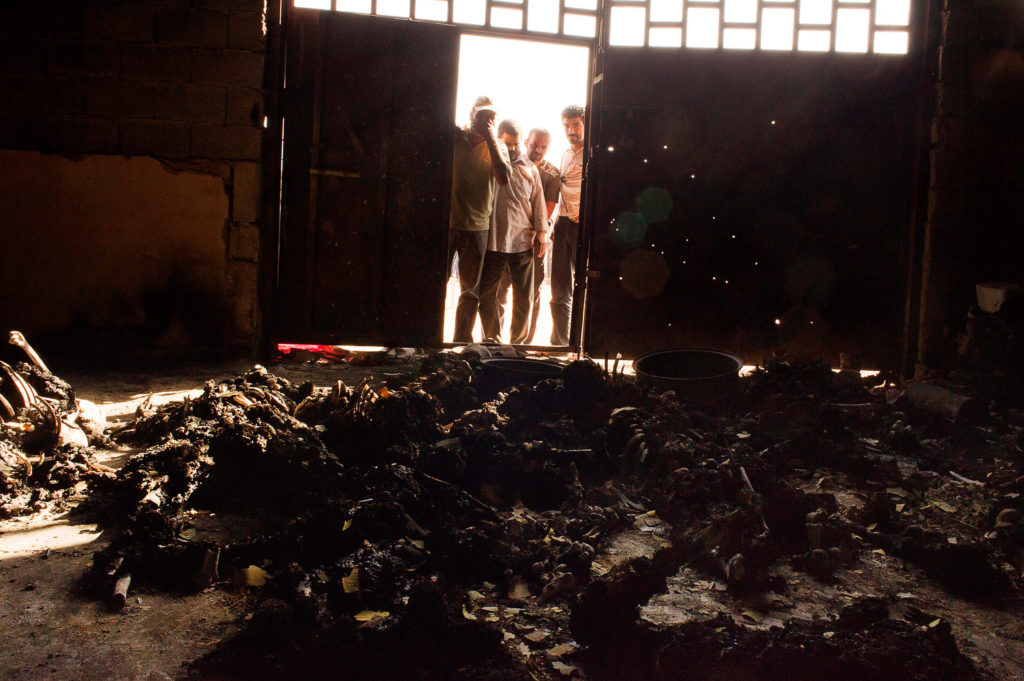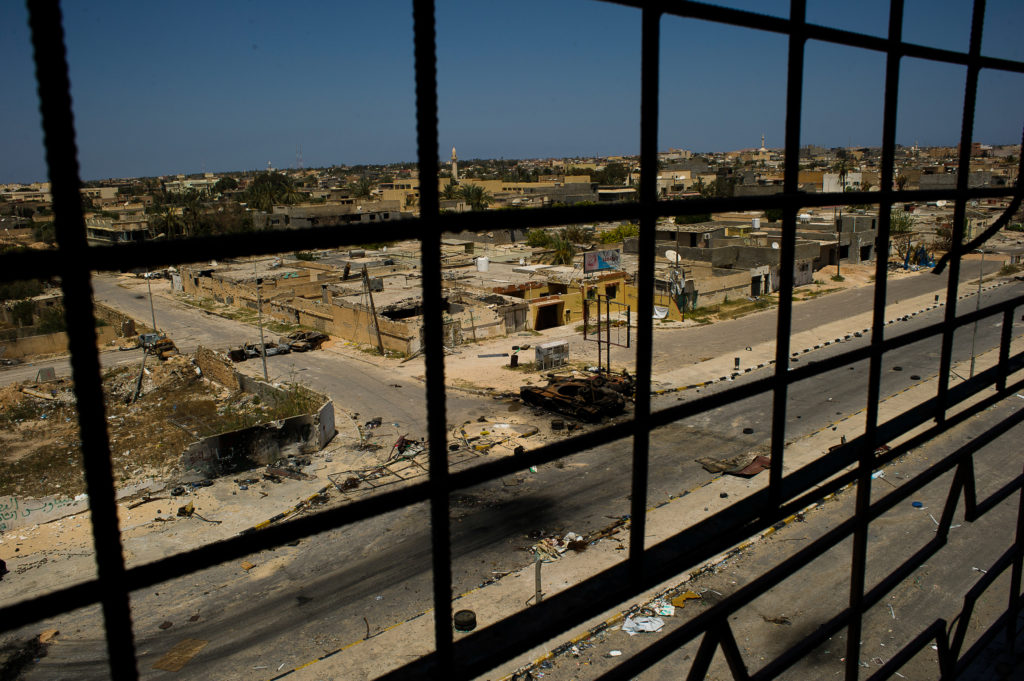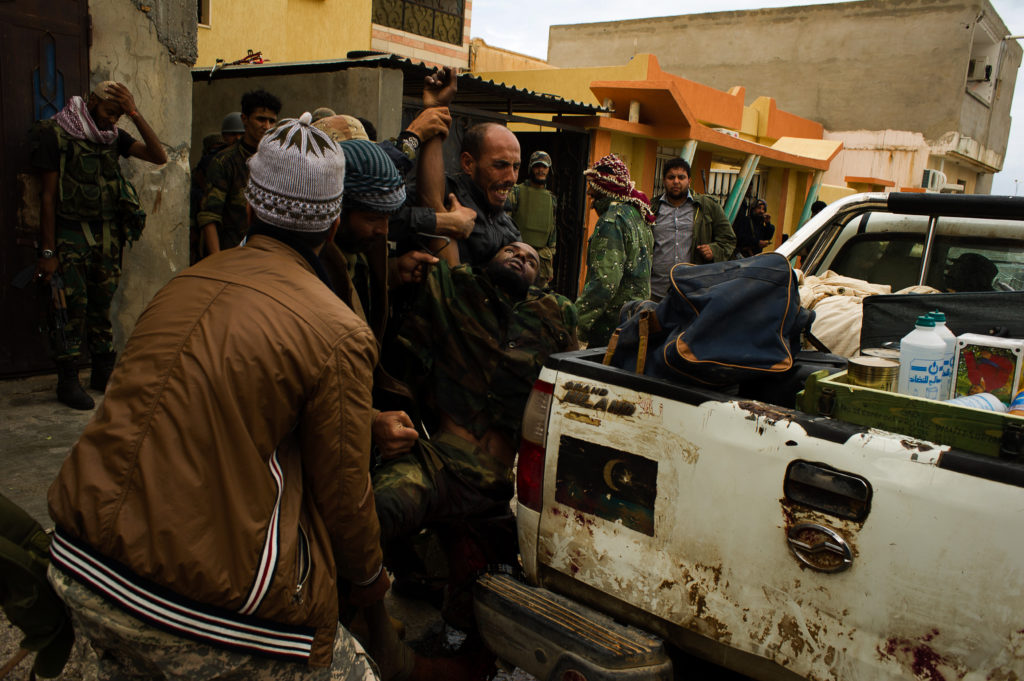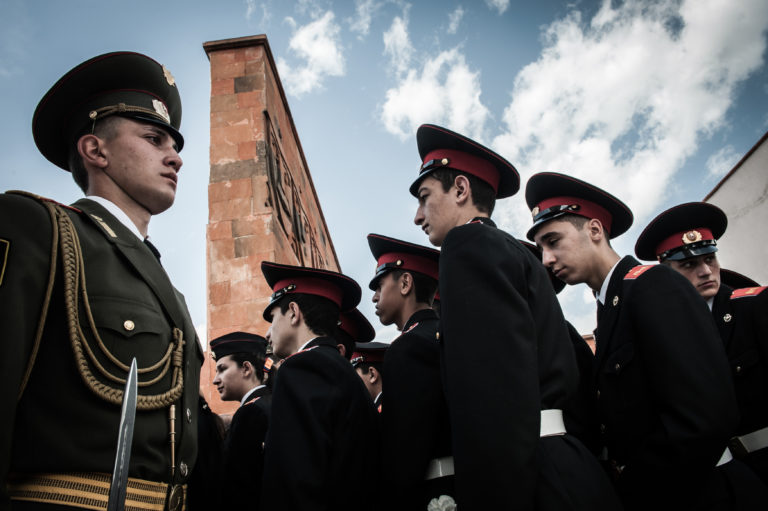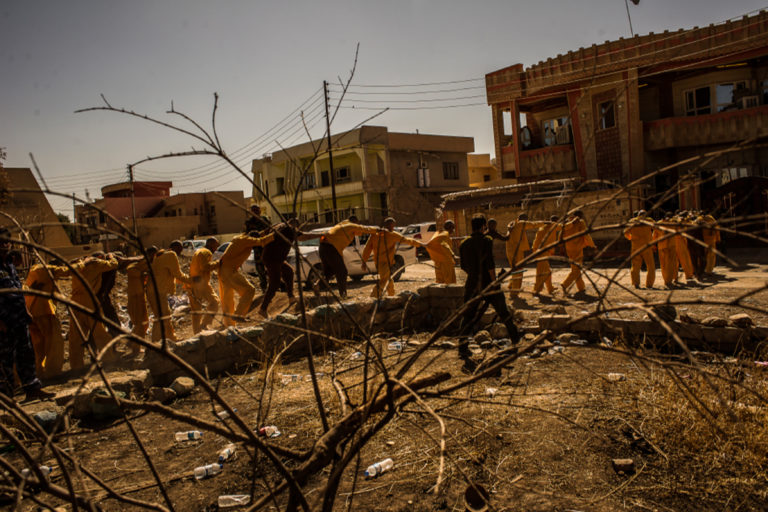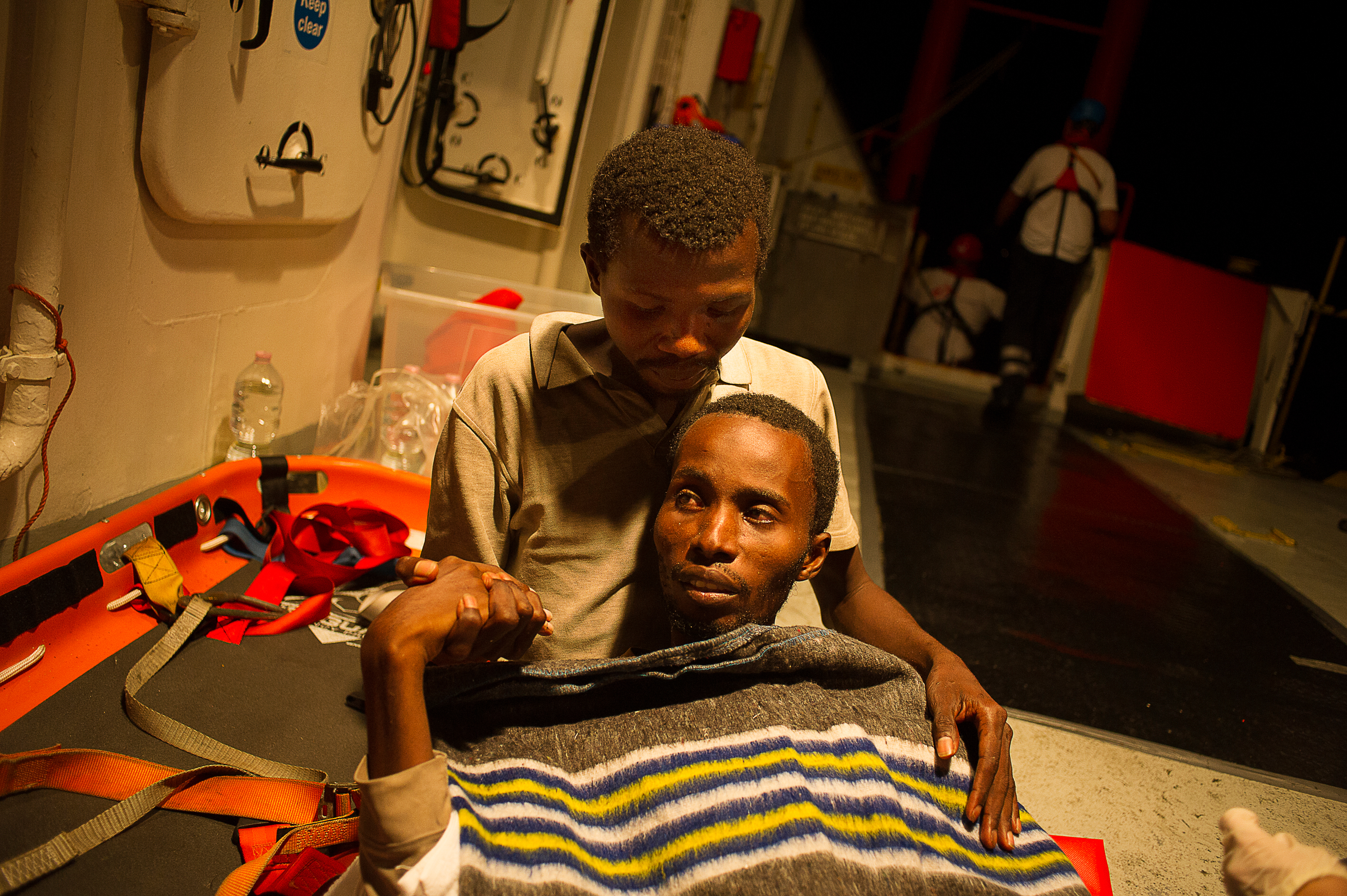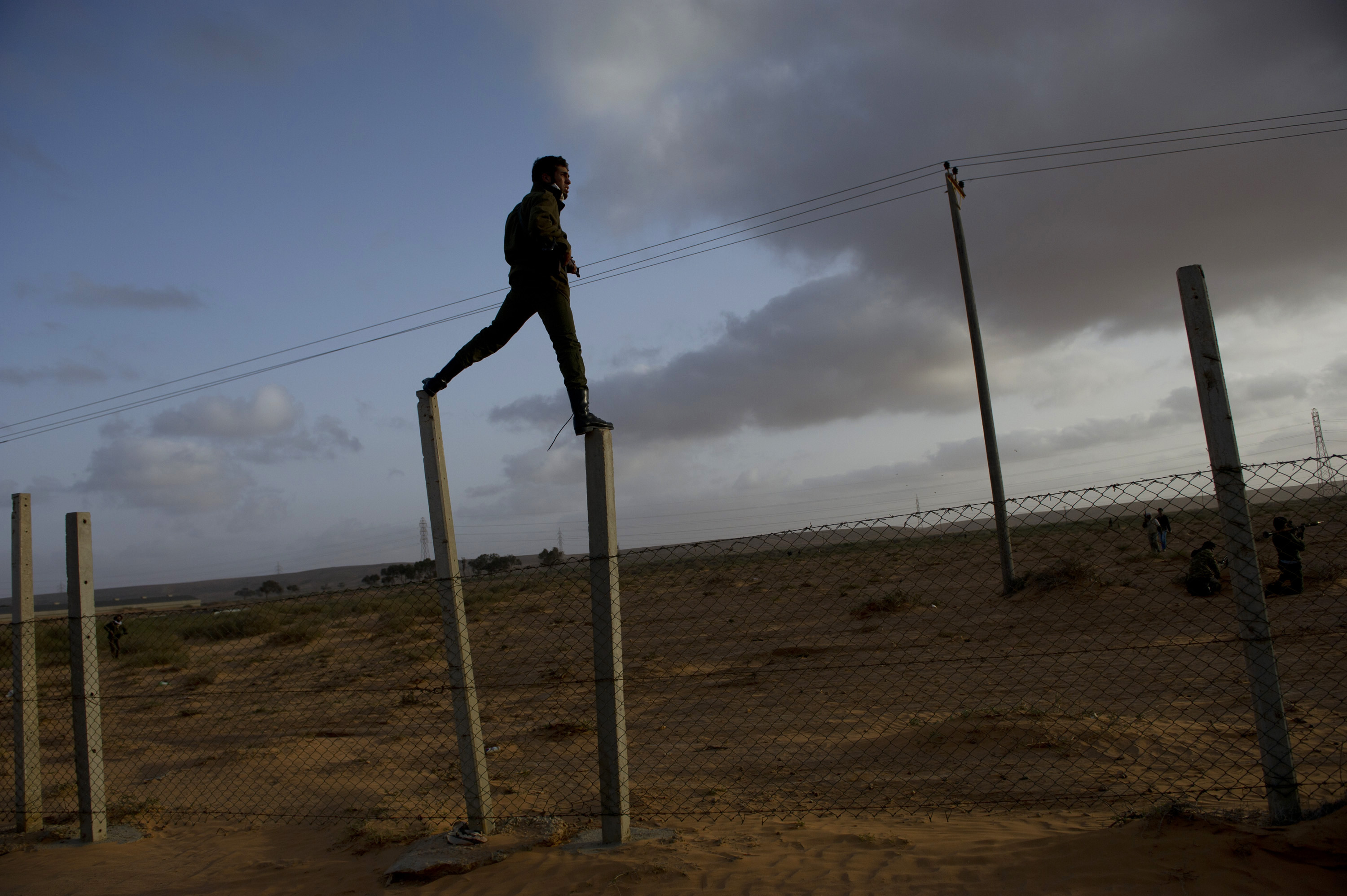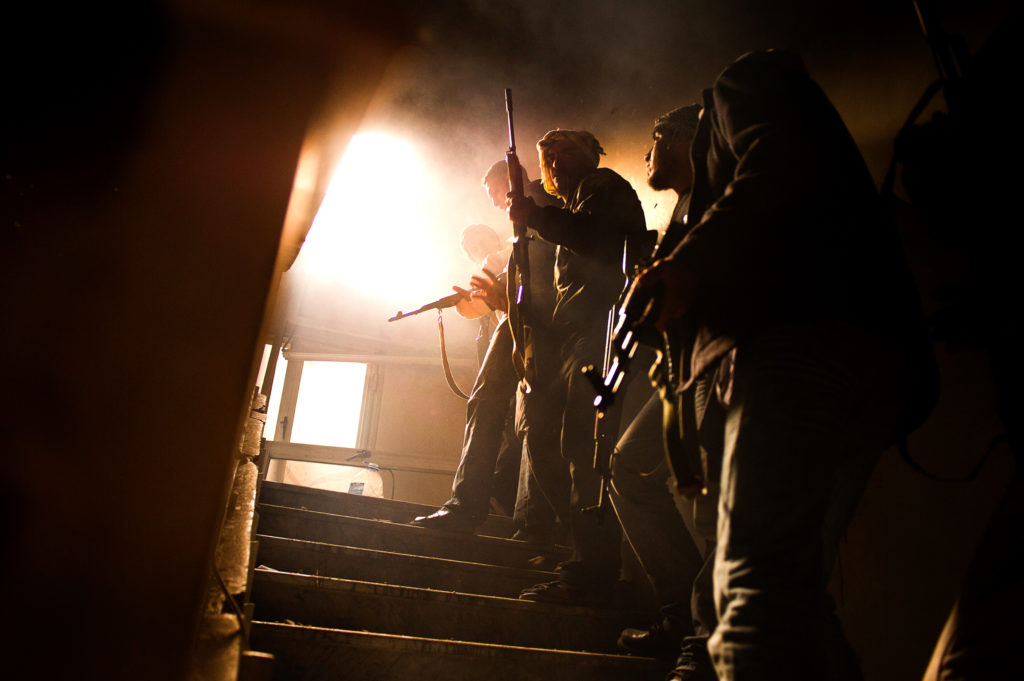
Rebel fighting against pro government soldiers inside a building in Tripoli street down town Misratah.The battle of Misratah lasted for 4 months and became the site of one of the major and most symbolic battles of the 9 months long armed uprising against the libyan dictatorship. During the siege, the city saw intense fighting and came under daily assaults and shelling leaving an estimated number of 3000 deaths and an uncertain number of wounded.
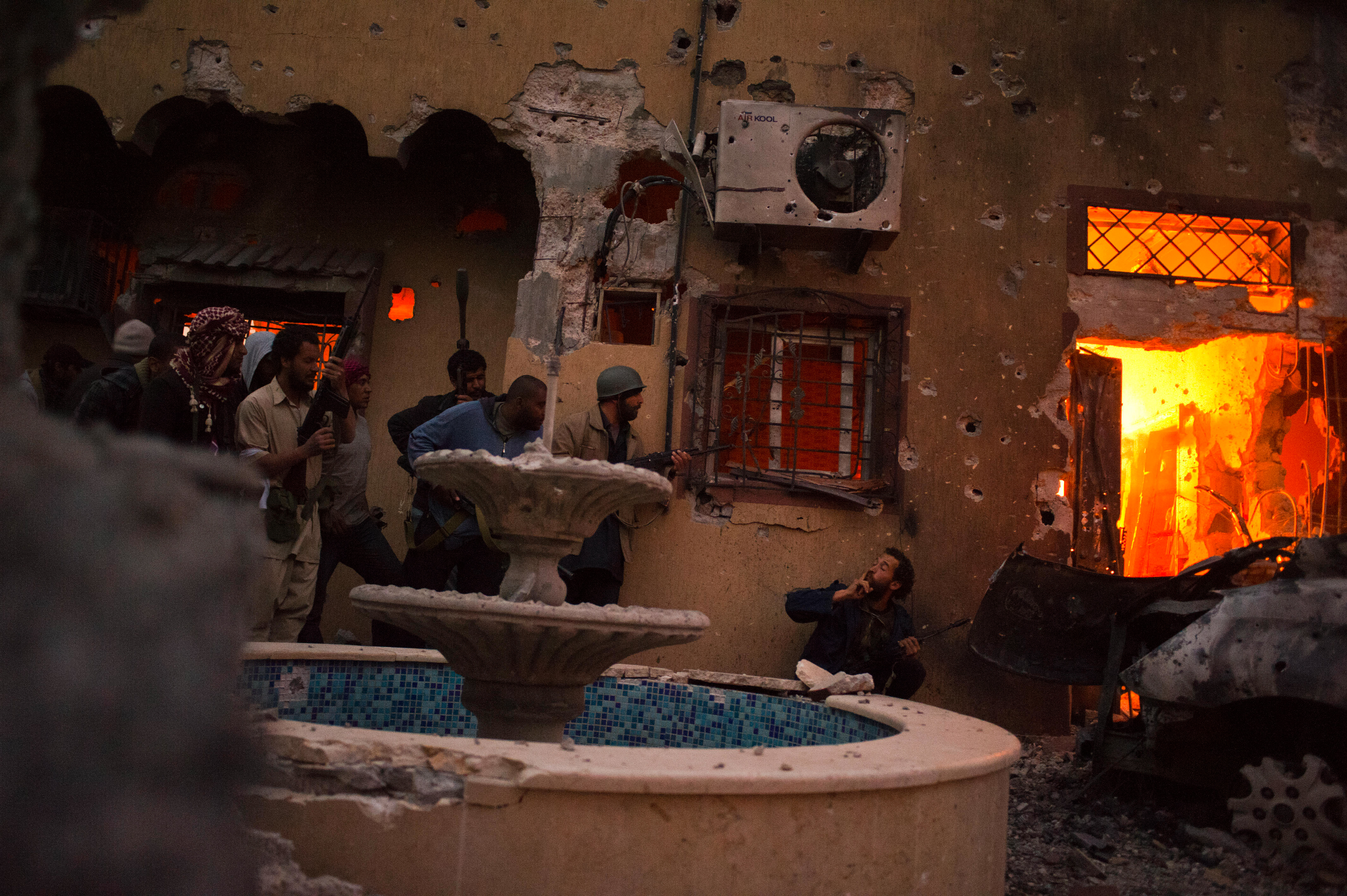
Rebels ready to invade a house where soldiers from the pro government forces had their base in the Zwaaby area in Misrata, Libya, after the rebels managed to take control of most of the areas controlled by the military forces, on 24 April 2011. Heavy fighting in Misrata had left at least 25 people dead and 100 injured, the Brnieq newspaper, which is based in the rebel stronghold of Benghazi reported. The rebels say at least 1,000 have been killed in Misurata, Libyas third most populous city, about 200 kilometres east of Tripoli.
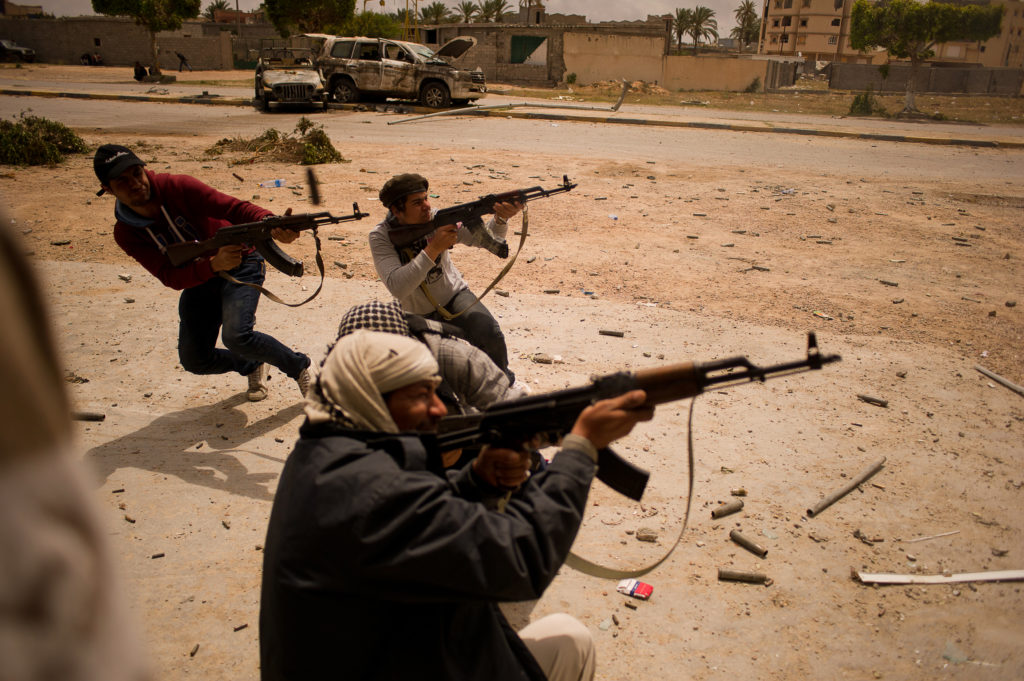
Rebel fighters in a dispute with pro government soldiers in Tripoli street Misratah. The battle of Misratah lasted for 4 months and became the site of one of the major and most symbolic battles of the 9 months long armed uprising against the libyan dictatorship. During the siege, the city saw intense fighting and came under daily assaults and shelling leaving an estimated number of 3000 deaths and an uncertain number of wounded.
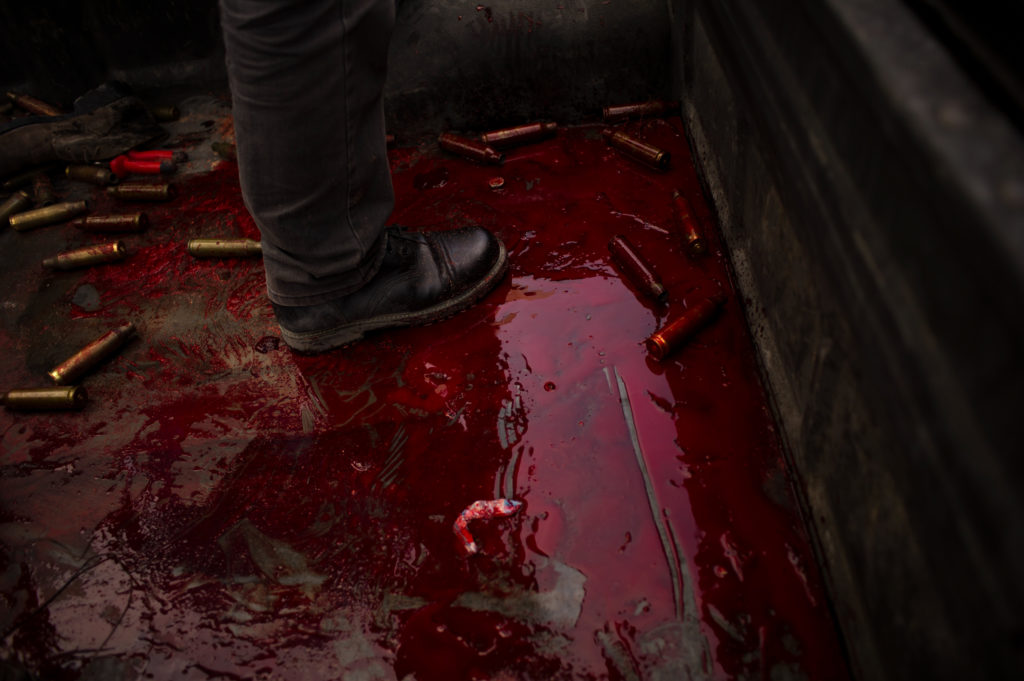
The battle of Misratah lasted for 4 months and became the site of one of the major and most symbolic battles of the 9 months long armed uprising against the libyan dictatorship. During the siege, the city saw intense fighting and came under daily assaults and shelling leaving an estimated number of 3000 deaths and an uncertain number of wounded.
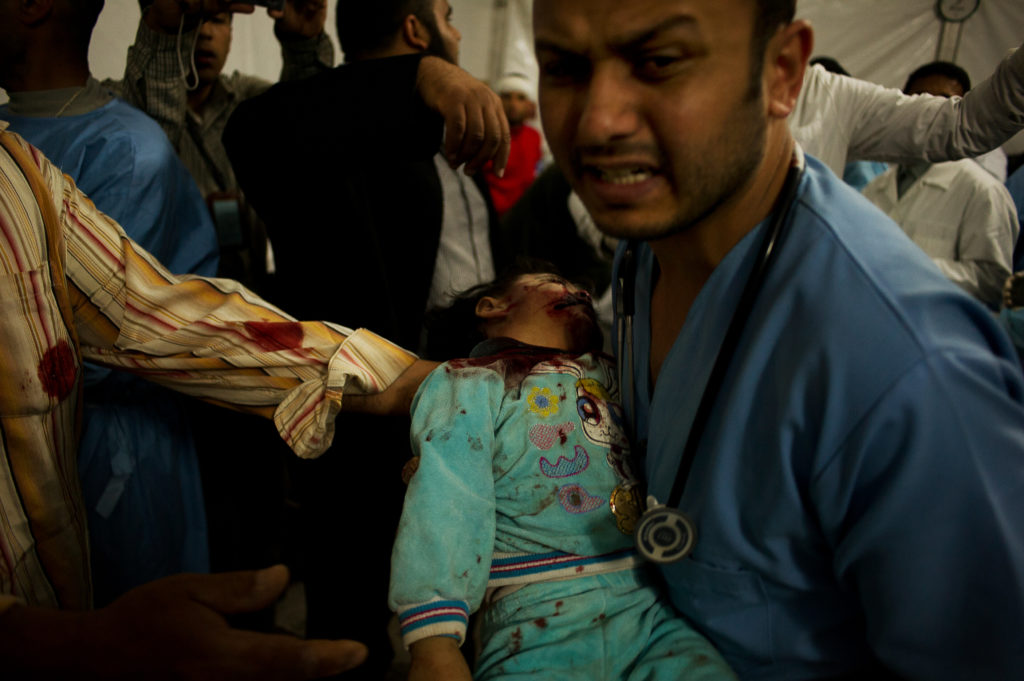
On April 13th, 2011, the 18 months old baby girl Rewas Alisalim died at the Hekma hospital in Misratah when the car she was driving with a person, possibly her father were hit by a uncertain type of heavy bomb fired by the forces loyal to Muamar Gaddafi, the 42 years long ruler of Libya. After months of war, living 24 hours at the hospital, in constant alert, deprived of proper sleep, eating and no personal privacy, doctors in Misratah showed signs of emotional suffering from invisible wounds caused by the traumas their were constantly exposed to. The battle of Misratah lasted for 4 months and became the site of one of the major and most symbolic battles of the 9 months long armed uprising against the libyan dictatorship. During the siege, the city saw intense fighting and came under daily assaults and shelling leaving an estimated number of 3000 deaths and an uncertain number of wounded.
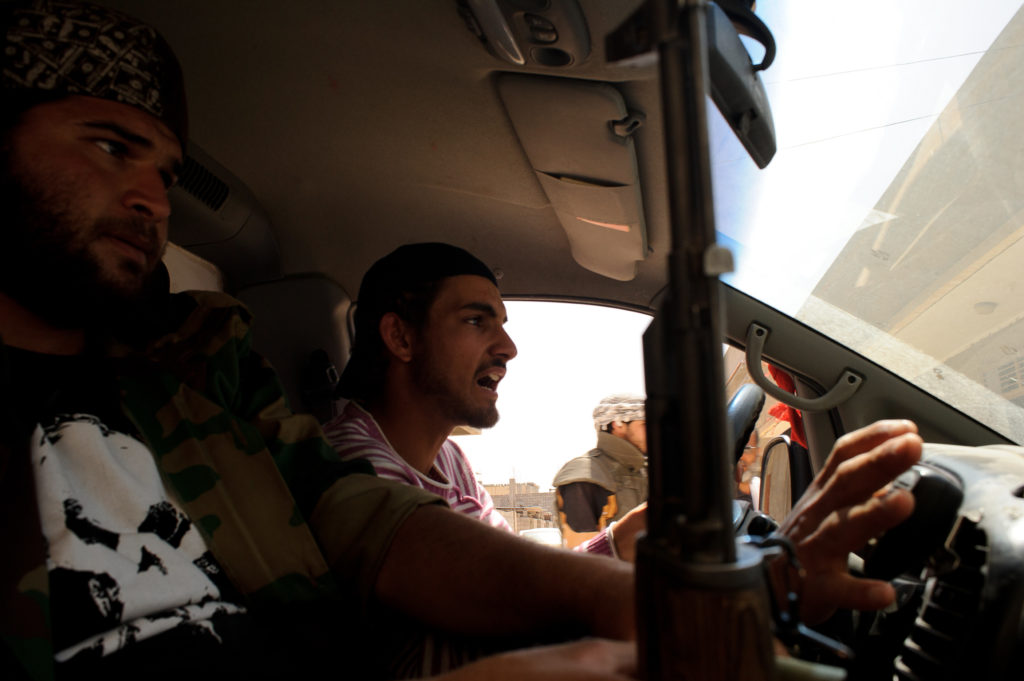
When Muamar Gaddafi sent his soldiers to invade and retake Misratah, the 19 years old volunteer ambulance driver Omar Alhooty, said he wanted to join the revolution but were afraid of fighting. Omar soon became famous among the other drivers as the "man for the hard work" as he endured great risks and emotional stress to go inside high risk areas to rescue wounded persons.
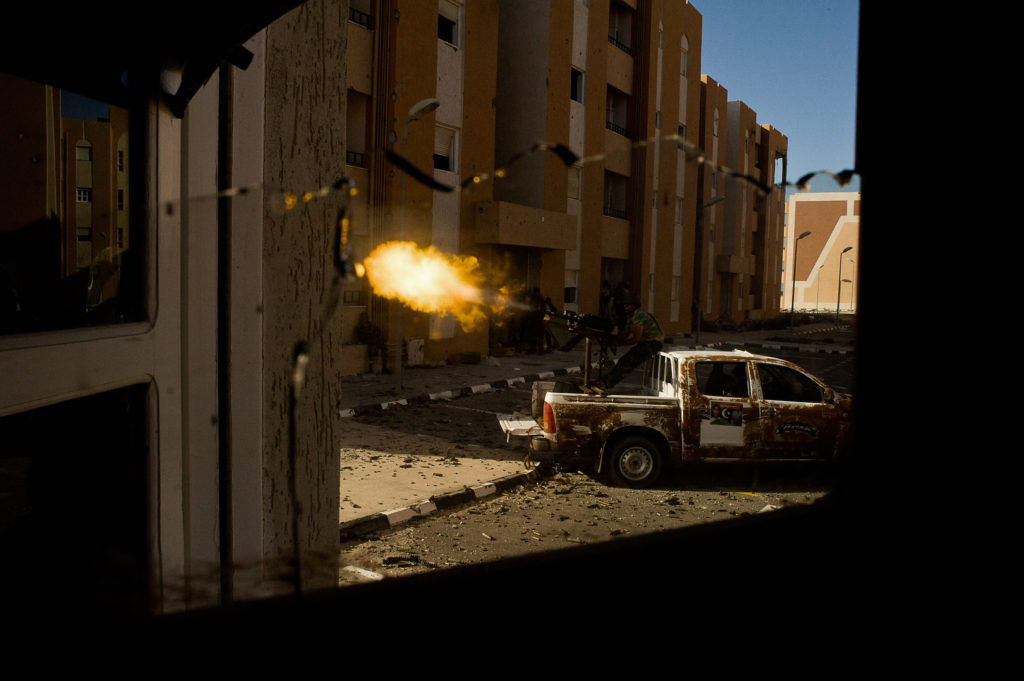
Rebels entering the city of Sirte the final major stronghold of Gaddafi loyalists. During the battle Sirte was left almost completely in ruins, with many buildings totally destroyed or damaged. Rebels attacking the forces loyal to Col. Muamar Gaddafi in Sirte. battle taking place in a residential area called Mauritania

The Hekma Clinic, previously a private owned heath facility in Misratah, became the main hospital to receive and treat the wounded during the months of armed battles in the city. The facility were stretched to it's structural limits. Running 24 hours a day for months, the diesel engine planned to supply electricity during short periodes, suffered several blackouts leaving patients in need of Intensive care unit equipment in danger.
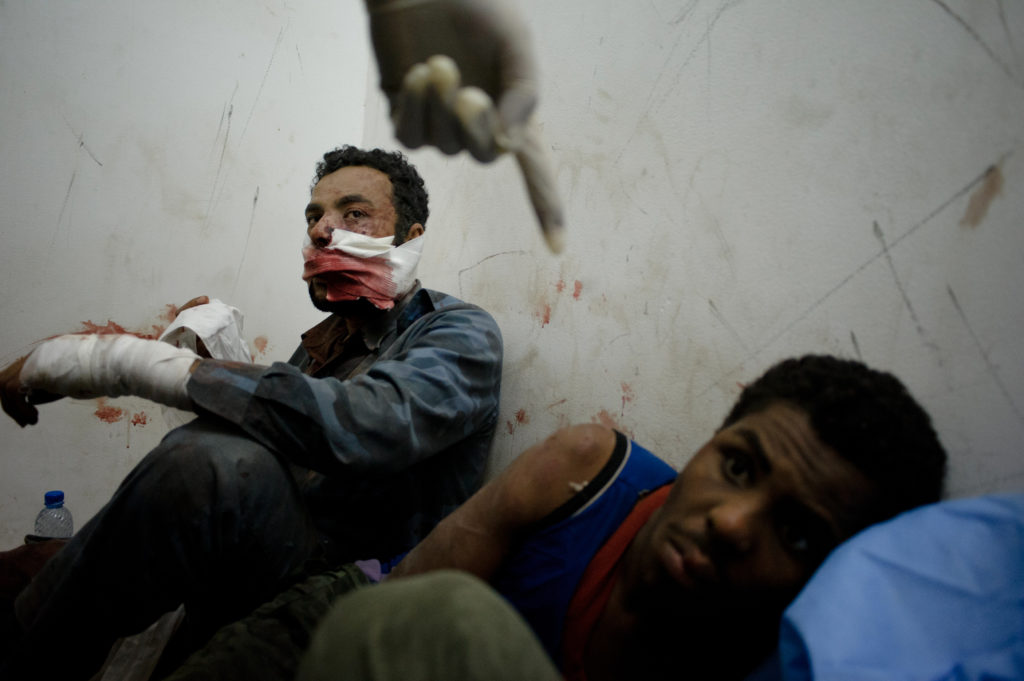
Wounded pro Gaddafi soldiers being arrested in Misratah down town. The TFC in the city had not prepared an adequate facility to receive and treat wounded government soldiers. At this place only one doctor, without any medical supply were responsible to receive and treat the dozens of wounded arriving.
Misratah, Tripoli, Sirte, Ajdabia, Brega, Ras Lanuf. Libya
February – October 2011

